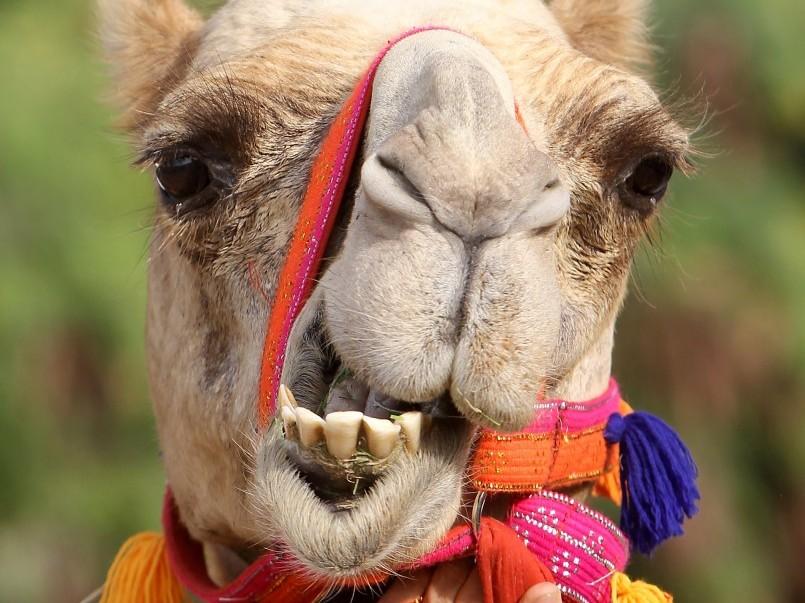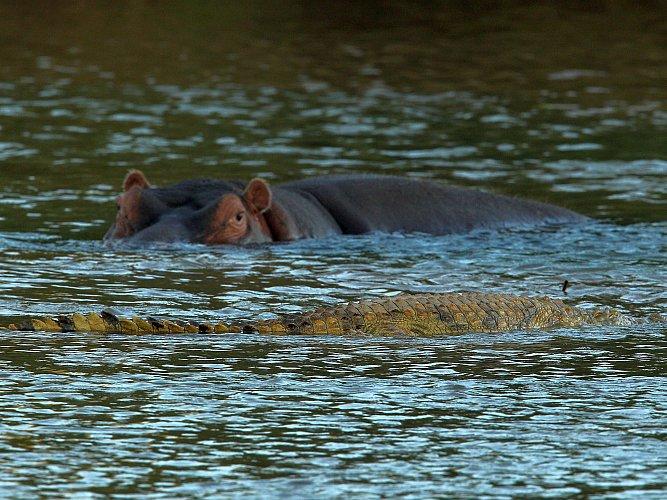Camels are best known for being hardworking animals that can survive for long periods without eating or drinking. Their habitat is the desert, and they are found in the Middle East, Central Asia, Africa, and Australia. Camels have a long history of benefiting humans, and have been considered of great value to their owners. They have been used for personal transportation and carrying loads, as well as for food and clothing. The following are some of the ways camels are still being used.





